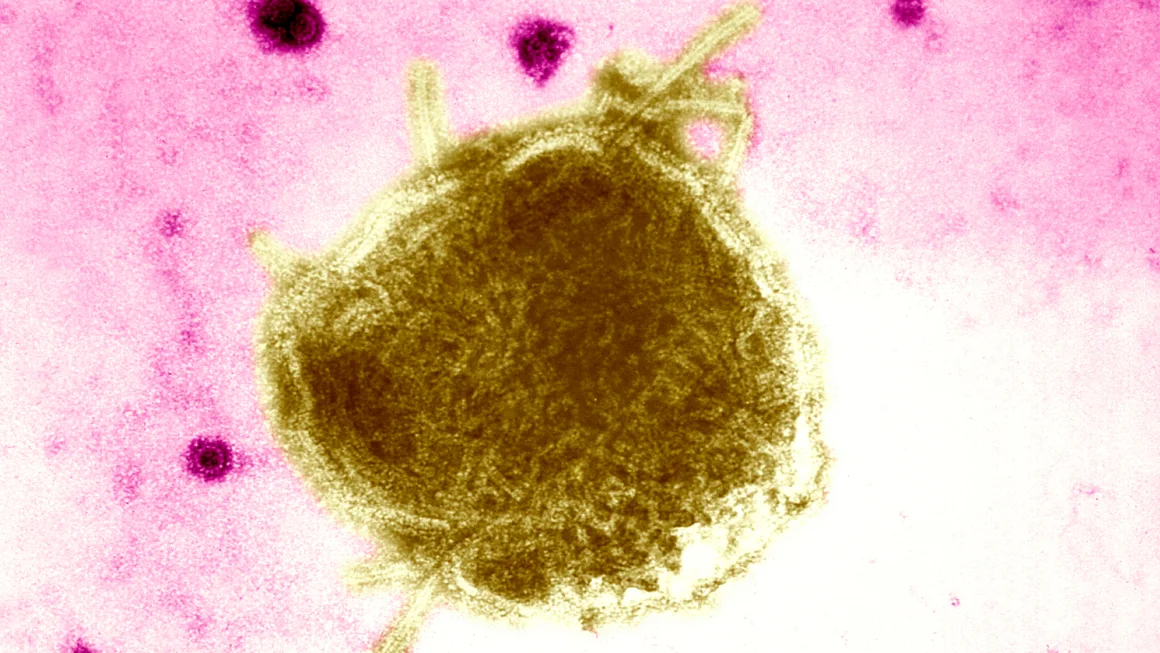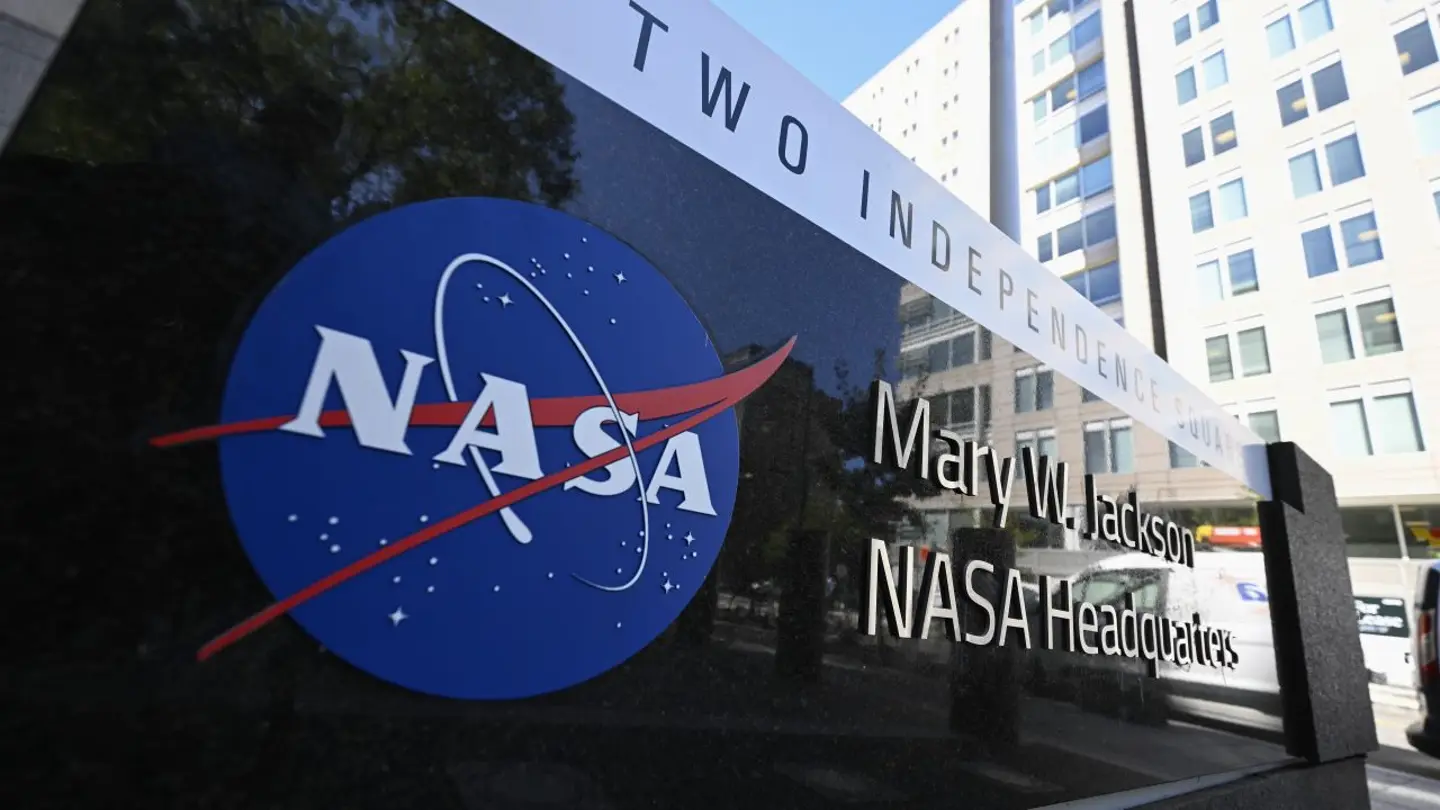It’s a familiar scenario for many: finishing a large meal, feeling completely full, but still somehow managing to find room for that extra slice of cake.
This paradox, often referred to as the “dessert stomach,” has been a topic of curiosity for years. A new study from the Max Planck Institute for Metabolism Research in Cologne, Germany, offers a scientific explanation, revealing that this phenomenon is not just in our imaginations—it’s rooted in brain biology.
The research, led by neurobiologist Henning Fenselau, suggests that our brain has a unique mechanism for responding to sugar, a resource that was rare in nature but provided quick energy. Fenselau explained that, from an evolutionary standpoint, our brains are hardwired to make the most of sugar whenever it’s available.
In their study, the researchers observed how mice reacted to sugar even when they were already full. When the mice were given sugar, a group of brain cells called pro-opiomelanocortin (POMC) neurons lit up. These neurons are typically involved in regulating appetite and feelings of fullness, but in the case of sugar, they also triggered the release of beta-endorphins—naturally occurring opioids that are known to elicit feelings of reward and pleasure. This opiate-like effect prompted the mice to continue eating despite their satiety, reinforcing the craving for sweet treats.
Interestingly, when the researchers blocked the release of these endorphins, the mice no longer ate additional sugar after a meal. This finding suggests that the brain’s “dessert stomach” could be directly linked to the activation of this opioid pathway, specifically triggered by sugar intake.
To confirm these results in humans, the team conducted brain scans on volunteers who were given a sugar solution. The scans showed similar patterns of brain activity in humans, with the same neurons lighting up in response to the sugar, supporting the idea that this “dessert stomach” phenomenon is not unique to mice. The area of the brain involved—the paraventricular thalamus—responds to sugar intake in ways that enhance the desire for more, even after feeling full from a meal.
This research could have significant implications for understanding overeating and obesity. The findings point to a potential target for future treatments aimed at reducing excessive sugar cravings, which contribute to weight gain and binge-eating behaviors. While there are already drugs that block opioid receptors in the brain, they tend to have limited effects on weight loss. The researchers suggest that combining these treatments with other therapies could prove more effective in combating sugar cravings.
In conclusion, the dessert stomach is not a mere myth but a real phenomenon driven by our brain’s complex response to sugar. As scientists continue to study this mechanism, the potential to develop more precise treatments for obesity and overeating becomes clearer. Until then, the next time you find yourself craving a sweet treat after a meal, you can thank the intricate pathways in your brain for that irresistible pull toward dessert.
With input from Newsweek, the Daily Mail, and the Sun.








